Some of the links in this post may be affiliate links.
Choosing indoor plant pots can feel overwhelming. I’ve received many questions from my readers on why I do certain things, such as double potting my indoor pots, so I created this guide to help YOU choose what is best for you! This post outlines the pros and cons of 5 different types of indoor pots, so in the end, your selection can best suit YOUR needs!
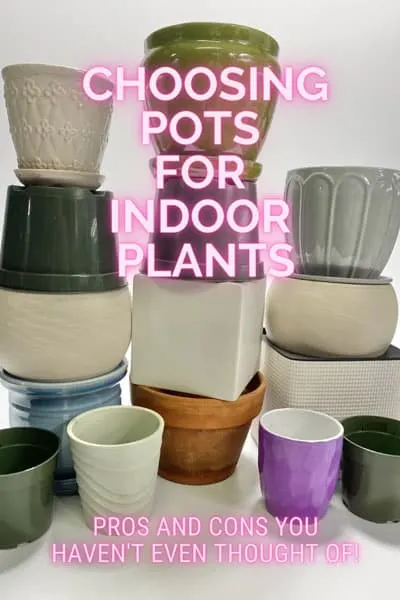
I’m all about making my life easier, while maintaining beautiful aesthetics (in my opinion), so proper pot selection is very important, especially as your collection increases.
Here are the types of pots discussed in this post, along with advantages and disadvantages of each:
- PLASTIC NURSERY POTS
- UNGLAZED TERRA COTTA
- GLAZED CERAMIC OR GLAZED CLAY POTS
- POTS WITH AN ATTACHED SAUCER
- SELF-WATERING POTS
Some things may seem obvious, and others may not be, but regardless, I’m sure you will learn at least a thing or two to make your life easier!
Regardless what type of pot you use, I always recommend growing your plant in a container that has drainage holes.
Can you successfully grow plants in a pot without drainage holes? Yes, it is possible, but the risks are too great in general and I highly advise avoiding it in the first place.
Now let’s get to the pot choices!
Table of Contents
5 INDOOR PLANT POT TYPES WITH PROS & CONS
PLASTIC NURSERY POTS
The plain old, boring, dark green plastic nursery pots. Although they may seem mundane, there are actually quite a few advantages that you may not have thought about!
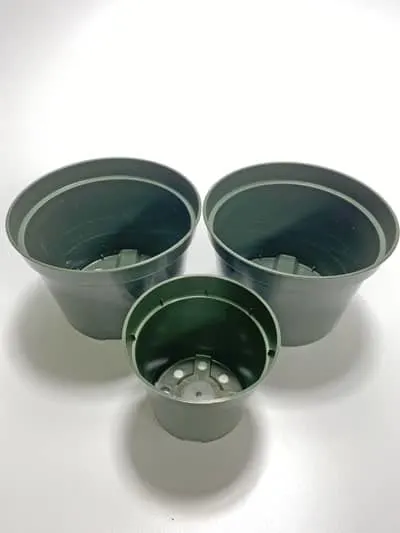
PROS
- They are super cheap. Enough said.
- When it comes time to repot, it is MUCH easier to take a plant out of a flexible, plastic nursery pot versus a rigid pot where:
- You may risk damaging your plant trying to take it out of a rigid pot or
- It may be so difficult to take your plant out of a more rigid pot that sometimes the only safe option to take it out is to break your pot! I’ve had to do this in cases where I cared more about removing my plant safely versus saving the pot.
- In combination with the above tip, to improve the aesthetics, you can keep your plant growing in a nursery pot and then simply double pot it into a decorative cachepot. That way it will be easy to repot when the time comes, and you can also mix and match different cachepots so that you can change the look without having to constantly repot your plant.
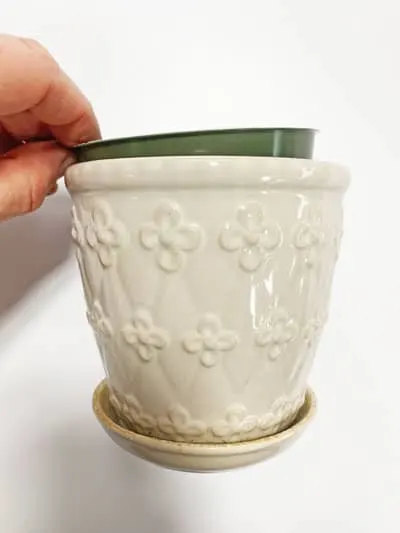
- They can be easily washed and reused. If they get damaged, you can see if a recycling center will take them. There is a nursery near where I live that accepts them for recycling.
- They are lightweight and therefore make it easier to move your plants around to water or perform any other routine tasks.
- They will retain moisture better than pots made of porous material, therefore are ideal for moisture-loving plants like various ferns, Goeppertia (previously Classified as Calathea), any of the various carnivorous plants, and some others.
CONS
- When used on their own, they are not the prettiest pots to look at.
- Depending on your growing conditions, since plastic pots don’t breathe, they may not always be the best for plants that need to dry out quickly, like cacti and succulents.
- Plastic pots can be prone to cracking over time (but can be inexpensively replaced).
- Plastic is not eco-friendly. (This can be mitigated though by reusing and recycling).
- Since they are lighter weight, if you use them on their own and not inside a heavier cachepot, they can be easy to knock over, especially when your potting mix goes completely dry.
UNGLAZED TERRA COTTA
Love them or hate them, unglazed terra cotta pots have numerous advantages and disadvantages. Decide for yourself if they are right for you depending on your growing conditions.
Terra cotta literally means “baked earth” in Italian.
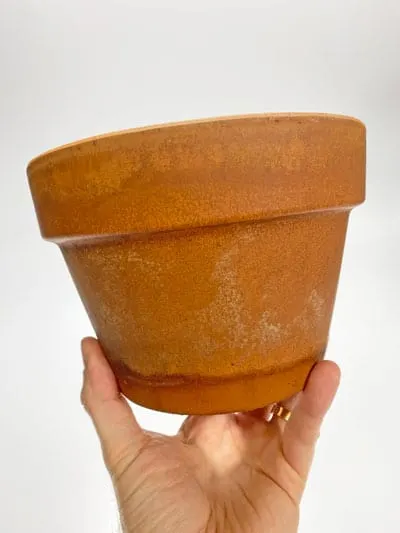
PROS
- Terra cotta pots are pretty inexpensive, especially compared to many glazed ceramic pots.
- These pots can be wonderful for plants that need to dry out pretty quickly in between watering. These include: Pilea, Peperomia, Hoya, Snake Plants, String of Pearls, String of Bananas, String of Hearts, Ponytail Palm, and many others. They are always a great choice for succulents and cacti.
- Because unglazed terra cotta pots are porous, it is great for people that tend to “overwater” their houseplants, thus reducing the risk of root rot.
- Over time, because they are porous, they can develop quite a beautiful patina (some people consider this a con though! It’s all personal taste.)
- Terra cotta pots are much heavier than plastic pots, so they provide more stability, especially if you have top heavy plants.
- The beautiful color of terra cotta can add warmth to your room and can look beautiful with all plants.
CONS
- They can crack quite easily if you’re not careful when you move your plants around. (Always closely inspect new terra cotta pots for hairline cracks when you’re purchasing them).
- Some people love the patina that they develop over time, but if you don’t, there is some maintenance involved because you’ll have to scrub the outside of the pot off to clean it up. Over time, minerals and salts from tap water and fertilizing will cause a whitish film on the outside of the pot.
- Small terra cotta pots can dry out much too quickly for many types of plants and be a pain to keep up with watering, so it is important to consider the plant choice very carefully.
- If you are using an unglazed terra cotta saucer, be careful not to place it on any wooden furniture as water will seep through and damage your furniture. To mitigate this, you can purchase saucers that are glazed on the inside.
For a more in-depth post on using terra cotta pots (including how to clean them, and other tips), check out my blog post on terra cotta pots for houseplants.
GLAZED CERAMIC & GLAZED TERRA COTTA
Terra cotta pots are sometimes sold glazed or painted. Ceramic pots tend to be made of denser earthen materials than terra cotta and are glazed more often than not. I grouped these two together because they have similar pros and cons.
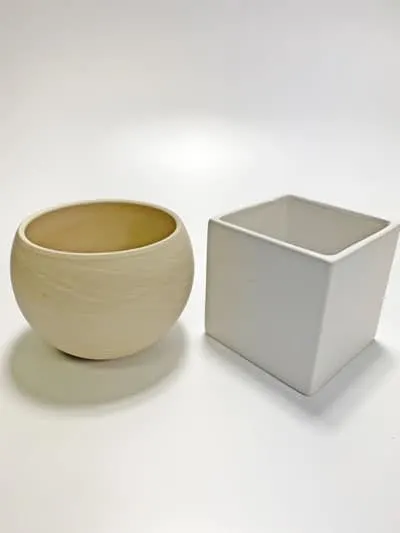
PROS
- The sky is the limit when it comes to selection, in terms of both size, shape and color, and can add a beautiful decorative touch to any room.
- Good quality glazed ceramic pots are very durable.
- Plants will not dry out as quickly as they would in unglazed terra cotta. It is similar to growing plants in plastic pots from this aspect.
CONS
- The price range can vary quite a bit, but these pots tend to be much more expensive than any plastic pots and unglazed terra cotta pots.
- They can be prone to breaking and cracking (especially terra cotta), so care must be taken when handling.
- More often than not (especially glazed ceramic pots), they tend not to have drainage holes. I never advise planting planting directly into a pot without a drainage hole. You can however use it as a cachepot. (You can simply take your plant that is growing in a plastic nursery pot with drainage holes and slip it into a decorative cachepot).
- They can be pretty heavy, especially larger pots.
- Depending on the shape of your pot, it can be sometimes difficult to remove a plant when it comes time to repot. You would often need to use a knife around the perimeter of the root ball to try and pry it out, or in the worst case scenario, breaking the pot may be necessary to safely get your plant out. (This is why I’m a huge proponent of keeping plants in plants nursery pots and using decorative pots as cachepots).
POTS WITH AN ATTACHED SAUCER
These may seem convenient, but they can be tricky!
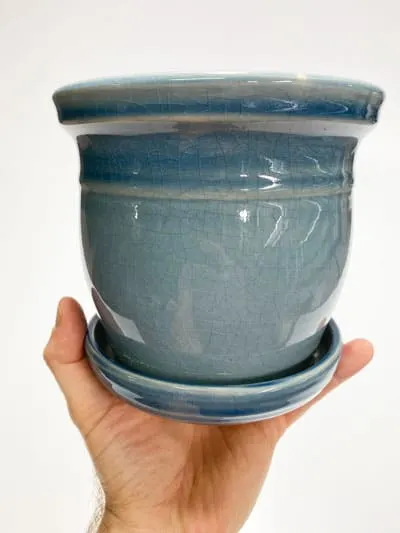
PROS
- Since the saucer is attached to the pot, it’s one less thing you have to move or knock over.
CONS
- Although they typically all have drainage holes (sometimes even two: one on the bottom and one on the side), most of them have horribly slow drainage. For this reason, I will never plant something directly into this type of pot. After watering, I constantly have to tip the plant over to discard excess water. It is best to take any plants in these pots to the sink to water because water will continue to drain even after a few minutes. (You can always use it as a cachepot though, which I frequently do these days!)
SELF-WATERING POTS
Self-watering pots can make your life more convenient, but there are a few things to be aware of!
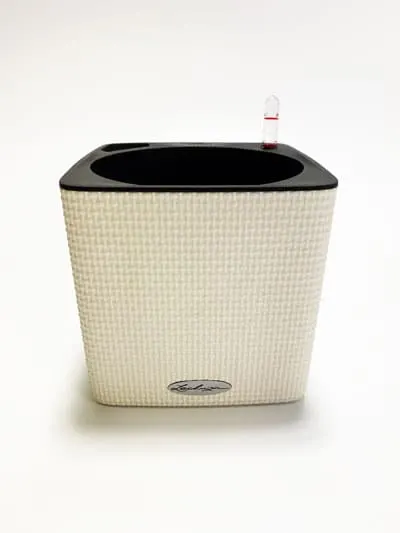
PROS
- These pots are wonderful for moisture loving plants like maidenhair ferns, Calathea, African Violets, and others that hate to go dry.
CONS
- It can be easy to take for granted because it is a more hands-off approach since all you need to do is monitor the water gauge every once in a while to make sure you have the proper level. This can make it easy to get lazy and not check on your plants often. I once killed a maidenhair fern, which was absolutely thriving in a self-watering pot, because I unintentionally let the water reservoir dry out.
- You can’t just use any old potting mix as they tend to be too dense and not allow enough air. I’ve found a good potting mix for self-watering pots are equal parts peat moss, vermiculite and perlite. Instead of peat moss, you can use a general all-purpose potting mix instead.
Be sure not to miss my YouTube video where I discus the pros and cons of pot types!
That’s it for now! What are your favorites ways to pot your plants? What other indoor plant pot types have you used? These are certain the most common ones, but there are others out there and would love to hear your favorites.

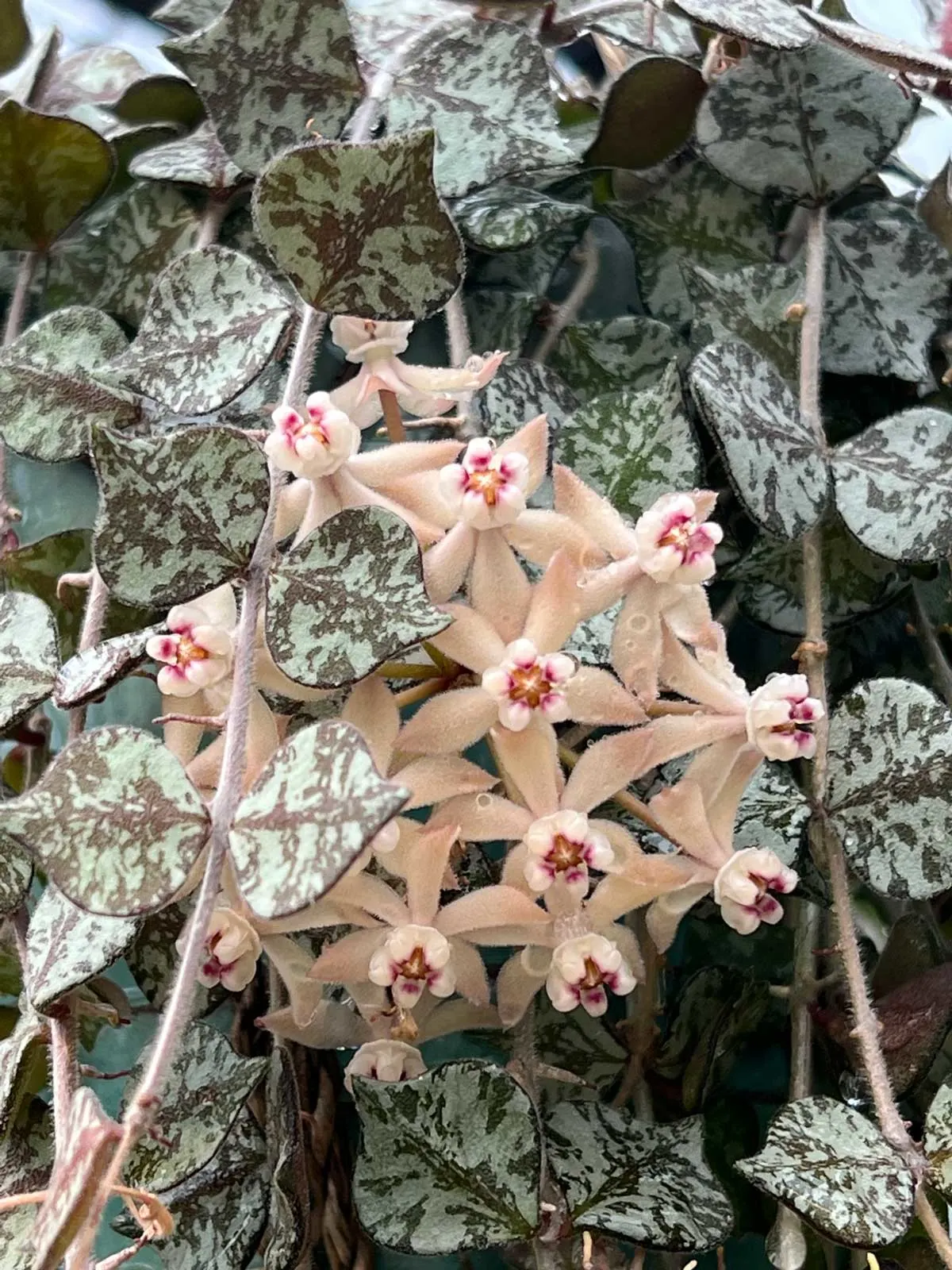

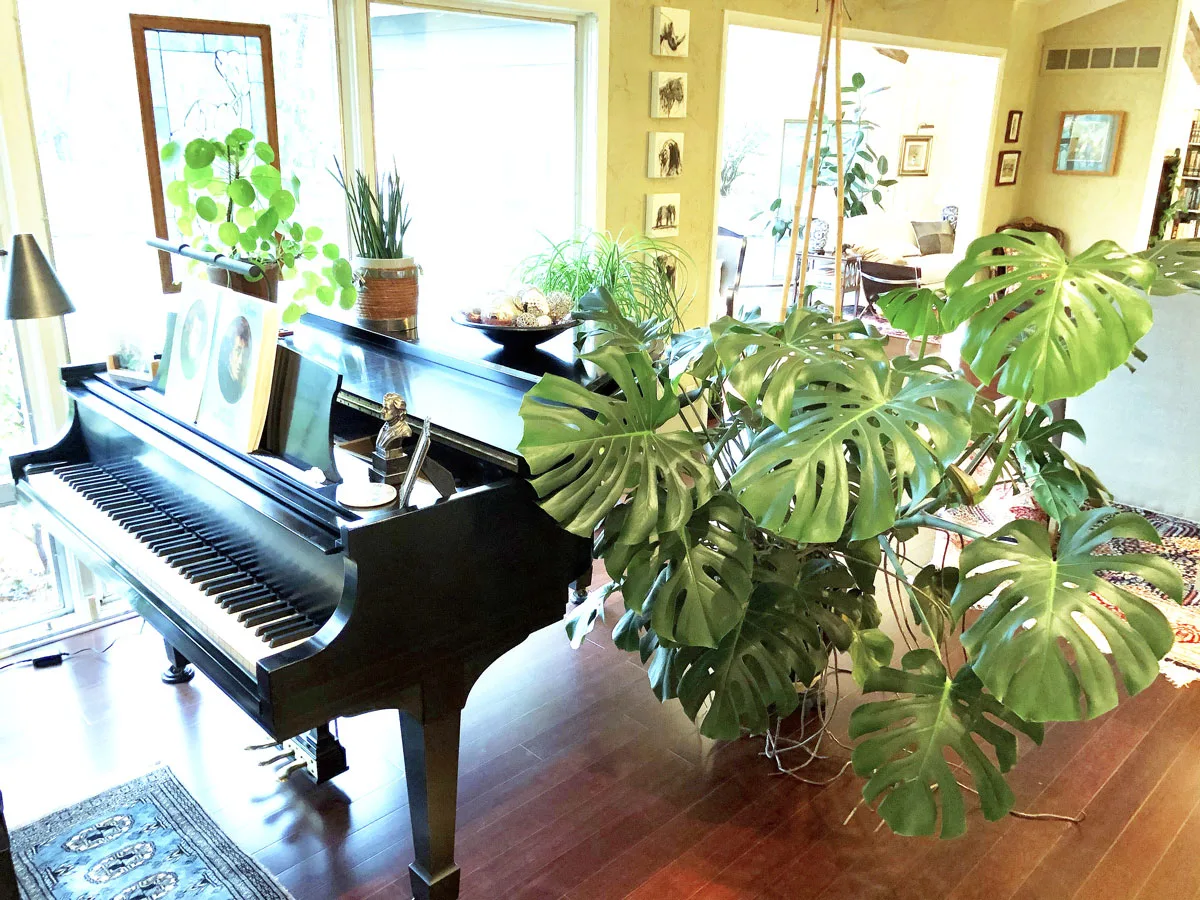
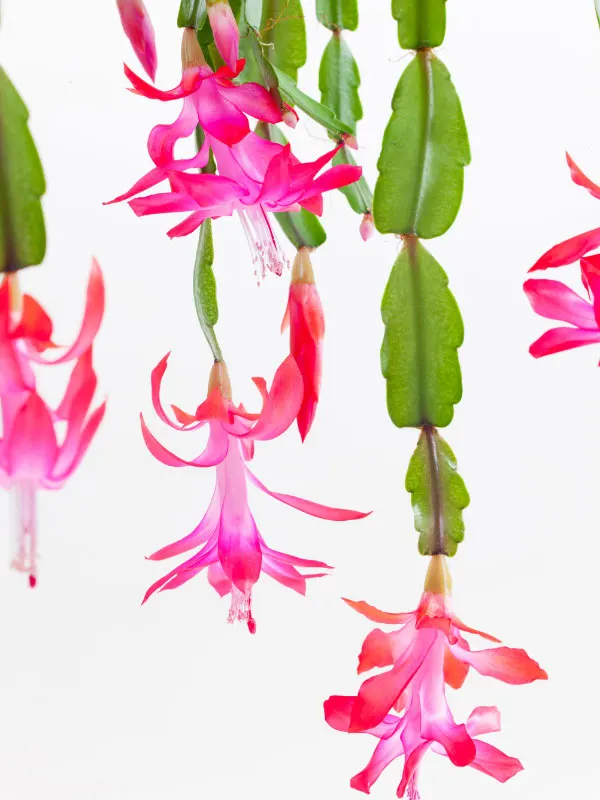
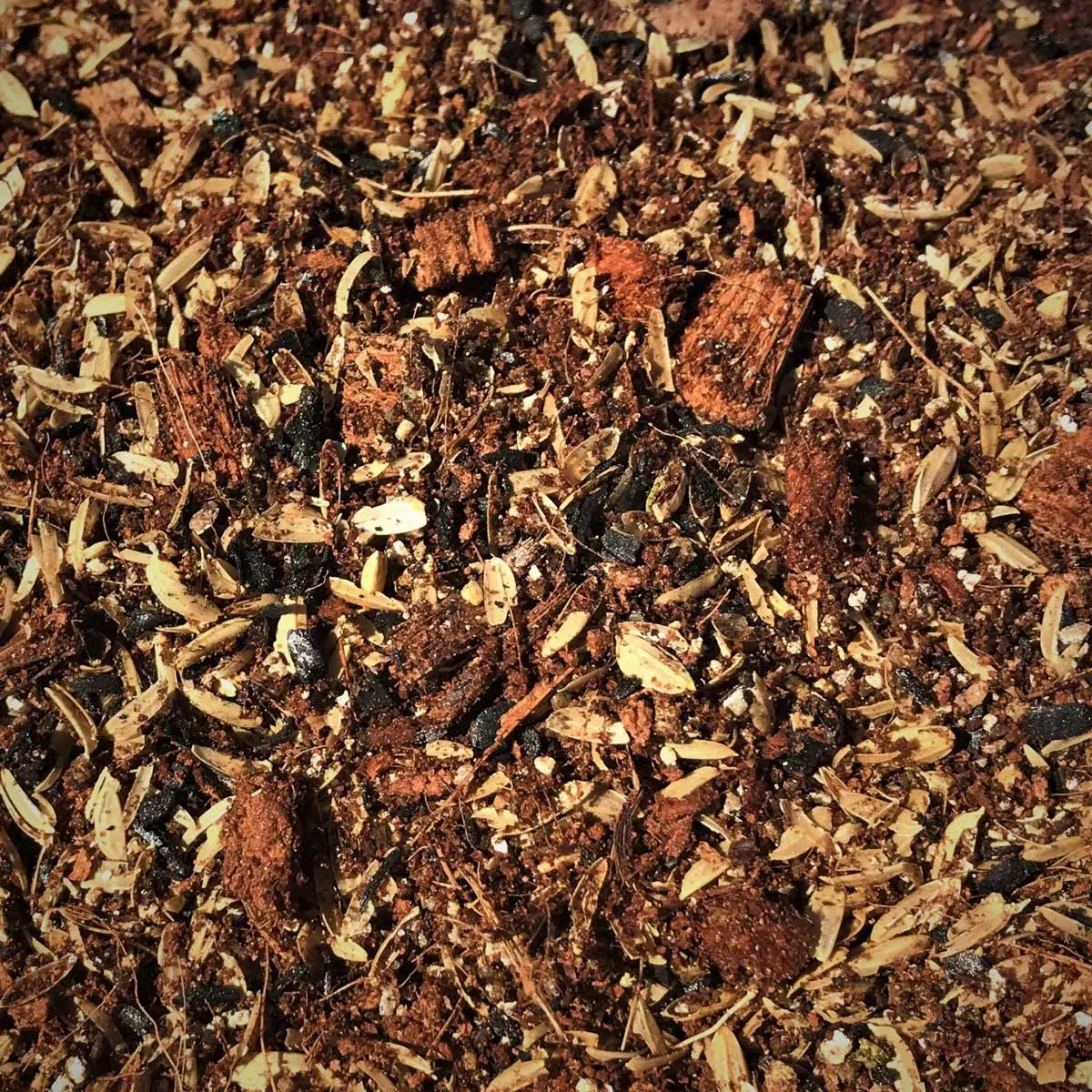
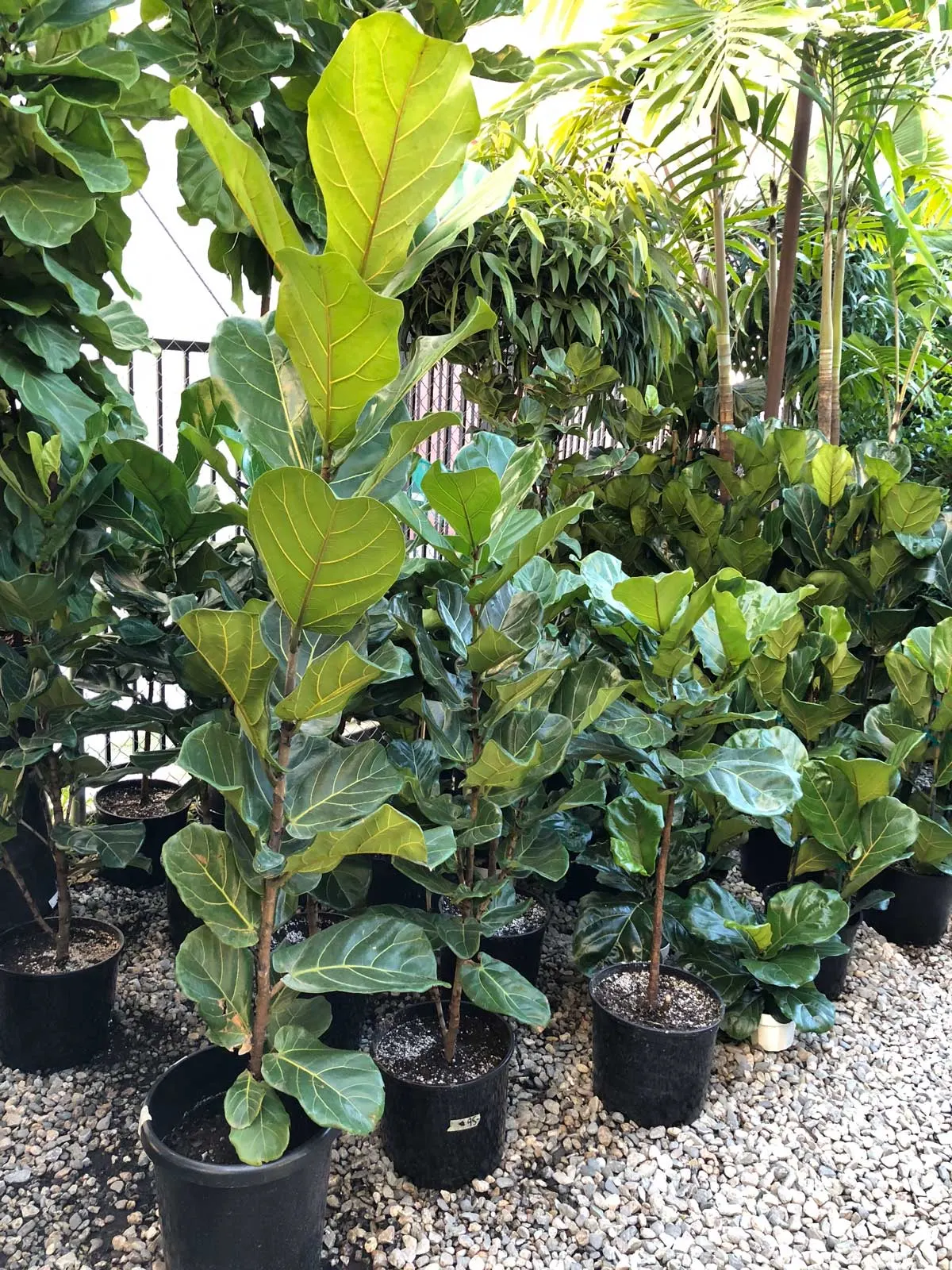
Mavis
Saturday 25th of March 2023
You talked about when repoting the hoya, just planted them in a pot that's 2" bigger. My problem was my pot was too big and I wasn't sure how to choose a right size pot for the hoya. By the way, great informations on your post. I'm going to try changing a few things to boost my hoya. I had it for 2 to 3 years and it still doesn't produce any flowers yet.
Raffaele
Monday 27th of March 2023
If it hasn't become root bound in the pot, you can leave it. If you can fit it in a smaller pot and still have some room, that would be the way to go :-) With enough light and time, it will bloom for you.
Lynne
Sunday 6th of February 2022
How do I know when it is time to repot in a larger pot?
Raffaele
Sunday 6th of February 2022
Hi Lynne! That's a great question. In general, you may see one or more of these things happening...roots growing out of the drainage holes. You may have hard, matted roots on the surface of the soil and no more loose soil left. You might also find that your potting mix is drying out much more quickly than it used to and it is now difficult to keep up with watering. These are all indications that your plant is pretty root bounds, and would probably appreciate a bigger pot. Hope this helps a bit. Here is a blog post that you can reference with more details: https://www.ohiotropics.com/2017/12/31/how-to-repot-your-houseplant/
Nancy
Sunday 31st of January 2021
Hello, I was wondering about your thoughts on clay medium?
Raffaele
Monday 1st of February 2021
Hi Nancy! Do you mean materials like leca?
Elli
Saturday 30th of January 2021
Thanks for your great advice! Lots for me to consider in my next plant purschases?
Raffaele
Monday 1st of February 2021
You're very welcome Elli!
Lizzie
Saturday 30th of January 2021
This is a really useful post-I never knew different pits suited different plants. No wonder some of mine have met untimely deaths ?. Thanks so much.
Raffaele
Saturday 30th of January 2021
You're very welcome Lizzie! :-)